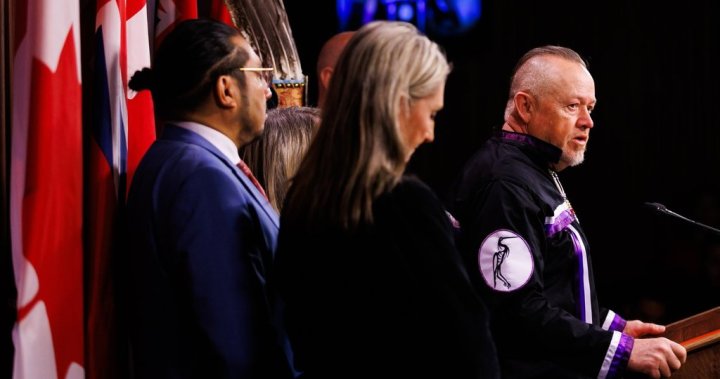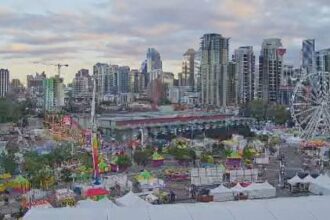In a significant development amid growing tensions over Bill 5, Anishinabek Nation Grand Council Chief Reg Niganobe has taken the extraordinary step of requesting a formal briefing from Ontario Provincial Police regarding their planned response to Indigenous protests. This unprecedented move comes as Indigenous communities across Ontario mobilize against legislation they view as a direct threat to their sovereignty and rights.
“We’re witnessing a critical moment in Crown-Indigenous relations,” Chief Niganobe told CO24 in an exclusive interview. “Our communities have legitimate concerns about how their democratic expression will be met by law enforcement, especially given the historical context of police interactions with Indigenous protesters.”
The controversial Bill 5, officially known as the “Keeping Ontarians Safe and Reducing Offences of Violence and Exploitation Act,” has sparked widespread concern among First Nations leaders who argue it could criminalize peaceful demonstrations on traditional territories. Chief Niganobe’s request for police briefings represents a proactive attempt to establish clear communication channels before potential confrontations occur.
“What we’re seeking is transparency and accountability,” explained Chief Niganobe. “Our people have the constitutional right to peaceful protest, and we need assurances that these rights will be respected.” His approach reflects a broader strategy of diplomatic engagement while preparing communities for possible escalation.
Indigenous legal experts have raised specific concerns about how Bill 5 could disproportionately impact First Nations exercising their treaty rights. Professor Darlene Sanderson of the University of Toronto’s Indigenous Law Department told CO24 Politics that “this legislation contains troublingly vague language that could be interpreted to criminalize traditional land defenders protecting their territories.”
The Anishinabek Nation, representing 39 First Nations across Ontario with a combined population exceeding 65,000 citizens, has emerged as a leading voice opposing the legislation. Their coordinated response signals a sophisticated political strategy that balances assertive advocacy with dialogue-focused approaches.
Ontario’s Solicitor General Michael Kerzner has defended the bill, stating it “protects all Ontarians’ right to protest while ensuring public safety.” However, critics point to specific provisions they believe could be weaponized against Indigenous communities exercising land rights.
The situation has drawn international attention, with the United Nations Special Rapporteur on Indigenous Rights expressing concern about potential human rights implications. In a statement issued yesterday, the UN official urged Canadian authorities to “ensure that any law enforcement actions fully respect Indigenous peoples’ rights to peaceful assembly and expression.”
Chief Niganobe’s diplomatic approach represents a delicate balancing act. While requesting police briefings, he has simultaneously supported community-led protest actions, stating that “our communities will stand firm in defense of their inherent rights, while remaining committed to peaceful demonstration.”
Political analysts suggest this dual strategy could prove effective. “By engaging directly with police while supporting grassroots action, the Anishinabek leadership is demonstrating sophisticated political acumen,” noted Dr. Miranda Francis, political scientist at Ryerson University, in comments to CO24 News.
As tensions continue to mount, observers from across Canada News outlets are watching closely to see whether this preemptive diplomatic approach will succeed in preventing the confrontations that have characterized previous disputes between Indigenous protesters and law enforcement.
The coming weeks will likely determine whether Chief Niganobe’s strategy of engagement proves effective or if more direct actions become necessary. As one community member aptly asked during a recent gathering: “When governments pass laws that threaten our very existence as distinct peoples, at what point does resistance become not just a right, but a responsibility to future generations?”










